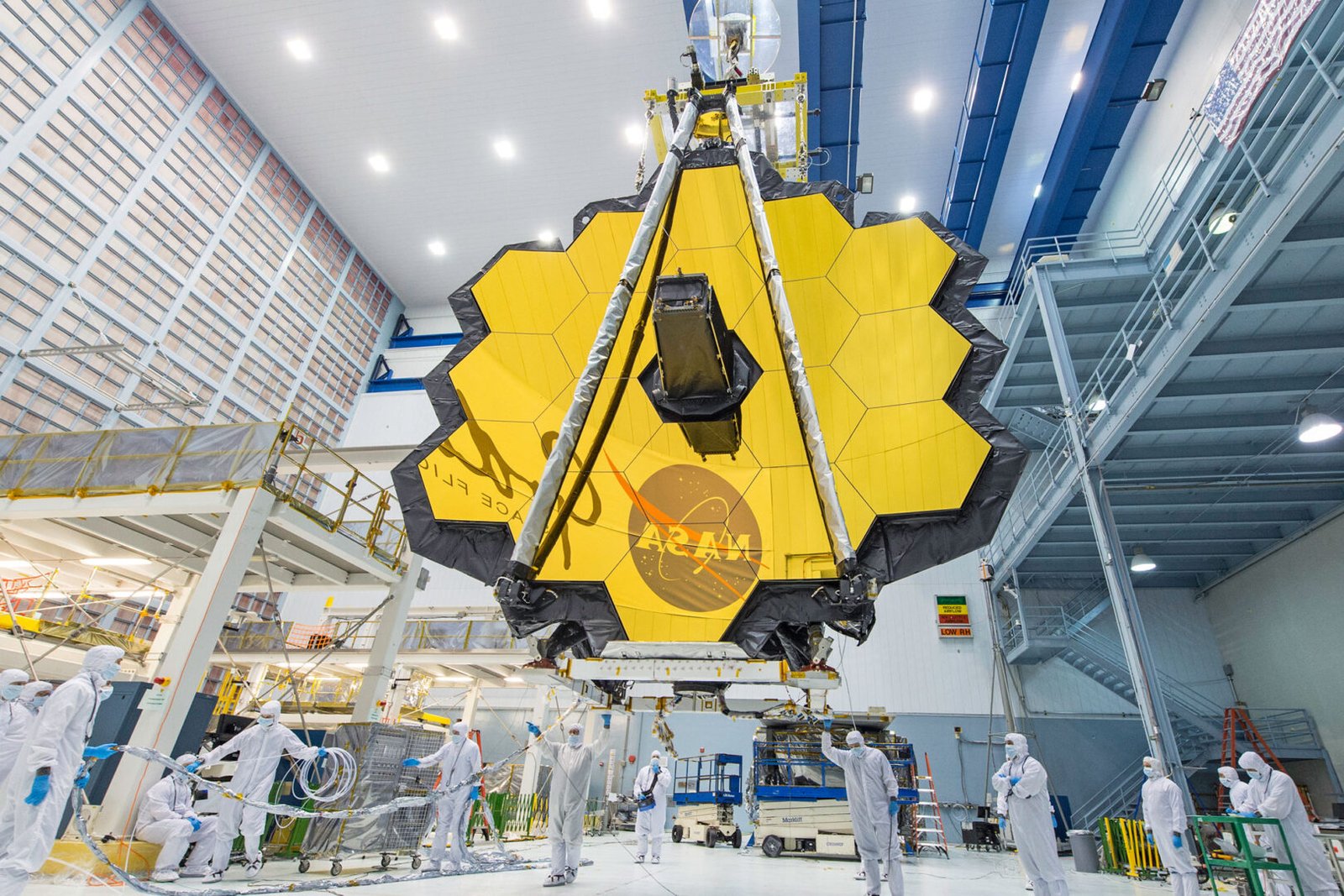The global energy transition requires more than small improvements. It demands a fundamental shift in how we generate, store, and use power. Lithium-ion batteries have been essential, but they face limits in resource availability, cost, and scalability. These challenges call for a wider range of innovations.
This report highlights cutting-edge advances in energy storage, generation, and sustainable materials. These technologies are pushing us beyond batteries toward a truly sustainable and resilient future.
The urgency is clear. If emissions continue at current rates, we could exceed the 1.5°C global warming limit in just 10–15 years. This creates an immediate need for scalable solutions.
At the same time, there is a major economic opportunity. The global green technology and sustainability market is projected to reach nearly $80 billion by 2030. This reflects a strong Compound Annual Growth Rate (CAGR) of over 23%.
Reshaping Energy Storage: Next-Generation Alternatives
The quest for a sustainable future hinges on energy storage solutions that are safer, more cost-effective, and less dependent on geopolitically sensitive resources. A new wave of innovations is transforming how energy is stored, from portable devices to grid-scale infrastructure.
Solid-State Batteries: Safer, Denser Power
Solid-state batteries replace flammable liquid electrolytes with solid materials, offering enhanced safety and higher energy density, which can lead to longer operational lifespans. This technology also promises a potential 40% reduction in battery production emissions through anode-free designs. Challenges include manufacturing costs, scalability, and efficient ion movement through solids. The automotive industry is a key driver, with companies like QuantumScape, Solid Power, and Toyota leading development for electric vehicles, aiming for extended ranges and faster charging times.
Sodium-Ion Batteries: Abundant & Cost-Effective

Sodium-ion batteries leverage abundant sodium instead of scarce lithium, significantly reducing material costs by 25-30% compared to Lithium Iron Phosphate (LFP) batteries. Their use of widely available materials like sodium and aluminum fosters greater geopolitical resilience and localized supply chains, reducing vulnerability to critical mineral supply disruptions. They offer high power output and reliable performance in cold temperatures. Chinese companies like CATL and HiNa Battery dominate this market, with JAC Motors already producing sodium-ion vehicles, and major manufacturers evaluating them for entry-level models.
Redox Flow Batteries: Grid-Scale Resilience

Redox flow batteries (RFBs) store electricity in separate electrolyte tanks, allowing independent scaling of power and energy capacity. This modularity makes them ideal for integrating intermittent renewable energy sources into the grid, offering long-duration discharge capabilities. RFBs use water-based, non-toxic electrolytes, enhancing safety and sustainability by minimizing reliance on metal-based chemistries and addressing broader environmental impacts beyond carbon emissions. Challenges include initial capital costs and lower energy density. Key players include CellCube Energy Storage, ESS Inc., and Invinity Energy Systems.
Structural Battery Composites: Integrated Power

Structural battery composites (SBCs) are innovative materials that can bear mechanical loads while simultaneously storing electrical energy. By embedding energy storage directly into weight-bearing components like carbon fiber or epoxy resin, SBCs offer significant weight reduction and increased system efficiency. This enables lighter electric vehicles with extended ranges and potential integration into aircraft fuselages. This represents a paradigm shift, integrating energy storage into product design itself, and promoting a more circular approach by maximizing material utility and minimizing redundant components.
Emerging Energy Storage Technologies Comparison
| Technology | Core Principle | Key Advantages | Primary Applications | Main Challenges |
| Solid-State Batteries | Solid electrolytes replace liquid ones | Enhanced safety, higher energy density, longer lifespan, lower production emissions | Electric Vehicles (EVs), Consumer Electronics | High production costs, scalability, ion movement |
| Sodium-Ion Batteries | Uses abundant sodium instead of lithium | Lower material costs, abundant resources, good cold-temp performance, geopolitical resilience | Budget EVs, stationary grid storage | Cost parity with Li-ion, anode density |
| Redox Flow Batteries (RFBs) | Energy stored in external liquid electrolyte tanks | High scalability, long-duration storage, non-toxic electrolytes | Utility-scale grid storage, industrial applications | High initial costs, lower energy density |
| Structural Battery Composites (SBCs) | Weight-bearing materials store electrical energy | Significant weight reduction, increased efficiency, new design possibilities | Electric vehicles, aircraft, drones | Material complexity, manufacturing challenges |
Pioneering Sustainable Energy Generation: Tapping Earth’s Potential
Beyond conventional renewables, new technologies are emerging to harness underutilized energy sources, poised to diversify the global energy mix and address hard-to-decarbonize sectors.
Green Hydrogen: The Versatile Decarbonization Fuel

Green hydrogen, produced by splitting water using renewable electricity, offers a zero-emission fuel for hard-to-decarbonize sectors like heavy industry (steelmaking, concrete), aviation, and marine transport. Advancements in electrolysis technologies (Alkaline, PEM, SOEC) and novel composite materials are boosting efficiency, with some aiming for 10% solar-to-hydrogen conversion efficiency. Financial incentives, like the U.S. Inflation Reduction Act, could make green hydrogen cost-competitive with natural gas by 2030, accelerating its adoption. Key players include Air Liquide, Siemens Energy, Linde, and Air Products & Chemicals.
Enhanced Geothermal Energy: Earth’s Constant Power

Next-generation geothermal energy taps into Earth’s deep, superhot rock formations (>400°C) to provide 24/7, clean baseload power. This technology, building on oil and gas drilling innovations, can be deployed almost anywhere, transforming geothermal from a niche resource to a global solution and enhancing domestic energy security. Just 1% of the world’s superhot rock potential could generate eight times more energy than the rest of the world’s electricity combined. Challenges include subsurface knowledge gaps and the need for sustained federal support, such as the Investment Tax Credit (ITC), to de-risk projects and unlock private finance. Companies like XGS Energy, Fervo Energy, and Ormat Technologies are leading projects, often leveraging existing oilfield service expertise.
Advanced Solar Technologies: Beyond Conventional Panels
Solar energy is advancing rapidly beyond traditional silicon, enabling higher efficiencies, greater versatility, and broader applications.
- Perovskite Solar Cells: Achieving over 25% efficiency, these cells are cheaper to manufacture and can be flexible for integration into wearables and buildings. Tandem cells layering perovskite over silicon have reached over 29% efficiency. Challenges include long-term stability and the toxicity of lead-based variants, though tin-halide alternatives are being developed.

- Quantum Dot Solar Cells: These ultra-small semiconductor particles can be engineered for specific light absorption, with potential efficiencies exceeding 30%. Recent breakthroughs include 18.1% efficiency with improved stability and the development of cadmium-free options to address environmental concerns.

- Other Innovations: Include ultra-thin flexible cells for off-grid power, Heterojunction (HJT) cells with over 26% efficiency for low-light conditions, and Floating Solar Photovoltaics (FPV) that save land and improve efficiency through water cooling. These advancements point to a future of ubiquitous, seamlessly integrated solar power, enabling more localized and distributed energy generation.
Building a Greener World: Innovations in Sustainable Materials
Sustainable materials are crucial for reducing industrial environmental footprints, fostering circular economies, and enhancing the longevity and performance of infrastructure. This also addresses the social and equity dimensions by reducing the demand for virgin materials and the associated impacts of extraction and processing on frontline communities.
Recycled Carbon Fiber: Circularity for High-Performance
Recycled carbon fiber is transforming high-performance manufacturing, with the market projected to reach over $55 billion by 2030. These composites are used in automotive (lighter vehicles), aerospace (fuel efficiency), and wind energy (turbine blades). Innovations like Fairmat’s FairPly and Infinity Recycling offer comparable or superior performance to virgin materials, with up to 90% CO2 reduction and infinite reusability, creating a high-value circular economy for advanced materials. This approach transforms waste into a valuable resource, addressing both environmental impact and resource scarcity in critical industries. Key players include Fairmat, Apply Carbon, and Asahi Kasei.
Sustainable Concrete: Foundations for Eco-Conscious Construction
Sustainable concrete, or “green concrete,” offers enhanced durability, lower energy production, and a fraction of the carbon footprint of traditional Portland cement.
- LC3 (Limestone Calcined Clay Cement): Reduces clinker content, cutting CO2 emissions by ~40%.
- Geopolymer Concrete: Uses industrial by-products like fly ash and blast furnace slag, reducing emissions by up to 90% and diverting waste from landfills.
- Self-Healing Concrete: Incorporates capsules that release healing agents, extending structural lifespan and reducing maintenance, thereby minimizing waste and repair-related emissions.
- Translucent Concrete: Embeds optical fibers for natural light, ideal for energy-efficient buildings. Broader strategies include using low-carbon fuels like green hydrogen in cement production and carbon capture technologies, which can lower the industry’s carbon emissions by 36%. Leading innovators include Cemex, SonoAsh, and Holcim, with projects demonstrating significant CO2 reductions in major infrastructure.
Sustainable Materials Innovation Snapshot
| Material Category | Specific Innovation | Core Principle | Primary Benefits | CO2 Reduction Potential |
| Recycled Carbon Fiber | FairPly | Integrates energy storage into structural elements | High performance, plug-and-play simplicity, cost-effective | 90% |
| Recycled Carbon Fiber | Infinity Recycling | Cold atmospheric plasma removes resin for infinite reuse | 90% material recovery, infinite reusability | 10x less CO2 |
| Sustainable Concrete | LC3 (Limestone Calcined Clay Cement) | Replaces half of clinker with calcined clay and limestone | Reduces fuel use, uses abundant materials | ~40% |
| Sustainable Concrete | Geopolymer Concrete | Uses industrial by-products (fly ash, blast furnace slag) | Significantly reduces emissions, diverts waste | Up to 90% |
| Sustainable Concrete | Self-Healing Concrete | Embedded capsules release healing agents when cracks appear | Extends lifespan, reduces maintenance/waste | Reduces repair emissions |
Market Dynamics and Future Outlook: Accelerating the Transition
The trajectory of sustainable technology is defined by dynamic market forces, cross-cutting innovation themes, and evolving policy landscapes. The overarching market for green technology and sustainability is experiencing explosive growth, projected to reach nearly $80 billion by 2030. This expansion is driven by increasing consumer demand, robust corporate commitments to Environmental, Social, and Governance (ESG) goals, and stringent regulatory mandates such as ESG reporting requirements and carbon pricing mechanisms.
A powerful synergistic trend is the convergence of digital and green technologies. Artificial Intelligence (AI), the Internet of Things (IoT), and blockchain are fundamental enablers, providing real-time monitoring and reporting tools for carbon emissions, optimizing resource usage, and enhancing supply chain transparency. AI, for instance, is optimizing city streets, enabling fuel-efficient routing, and managing smart grids.
Policy and investment frameworks are critical catalysts. The U.S. Department of Energy’s investments and the Inflation Reduction Act’s incentives, for example, are crucial for de-risking projects and unlocking private finance for technologies like enhanced geothermal and green hydrogen. Globally, the rise of sustainable finance options, including green bonds, is providing crucial funding for low-carbon innovations. These frameworks are indispensable for accelerating development and deployment beyond what pure market forces might achieve.
The definition of “sustainability” itself is also broadening beyond just energy and materials to encompass human health, responsible resource management (e.g., green nitrogen fixation for food production), and broader societal well-being. This holistic perspective emphasizes designing solutions that inherently uphold human rights, indigenous sovereignty, and promote a thriving and biodiverse environment, particularly in resource extraction and manufacturing zones. Furthermore, a strong emphasis on lifecycle thinking and circular economy models—where end-of-life material recovery and reuse are integral to product design—is becoming paramount across all technology types, not just materials.
Green Technology & Sustainability Market Forecasts (2024-2030)
| Market Category | Market Size (2024/2025) | Projected Market Size (2030) | CAGR (2025-2030) | Key Drivers/Trends |
| Green Technology & Sustainability | USD 23.10 Billion (2024) / USD 25.47 Billion (2025) | USD 79.65 Billion / USD 73.90 Billion | 23.1% / 23.7% | Consumer demand, corporate ESG, regulations, AI/IoT/Blockchain, sustainable finance |
| Advanced Materials | USD 83.04 Billion (2024) / USD 88.32 Billion (2025) | USD 119.43 Billion | 6.24% | Electronics, aerospace, energy storage, bio-derived polymers, circular economy |
| Beyond-Lithium Batteries | Not specified for 2024/2025 | >25% market share (2035) | Not specified | Shift from conventional Li-ion, advanced chemistries, diverse applications |
Charting a Holistic Path to Sustainability
The journey toward a sustainable future is a complex, interconnected endeavor, extending far beyond the conventional understanding of battery technology. The innovations in energy storage, generation, and materials science discussed here are not isolated solutions but form a synergistic ecosystem. Advancements in one area, such as efficient green hydrogen production, directly enable others, like the decarbonization of concrete manufacturing. This interconnectedness underscores that true progress is built upon fostering these relationships, moving beyond single-point solutions to embrace systemic transformation.
While technological innovation is paramount, the human element remains the ultimate driver. The continuous breakthroughs are the product of dedicated researchers, scientists, and engineers worldwide. Their collaborative efforts, coupled with sustained investment in intellectual capital and the strategic support of government offices and national laboratories, are indispensable. Technology does not advance in a vacuum; it is the ingenuity, collaboration, and persistent effort of the human workforce that transforms scientific concepts into scalable, real-world solutions.
The green technology and advanced materials markets are growing rapidly. At the same time, the world faces urgent climate targets. Together, these trends create an unprecedented economic opportunity.
This shift is not just an environmental necessity. It is also a strategic move for long-term economic competitiveness and resilience.
To realize this potential, all stakeholders must act. Public and private sectors need to invest in research, development, demonstration, and deployment of cutting-edge technologies.
Supportive policies are just as important. These include technology-neutral investment incentives and carbon pricing mechanisms. Such frameworks help reduce risks for emerging technologies and attract private capital.
A holistic approach is essential. We must align innovation, strong policy, skilled human capital, and social equity. With this strategy, the world can build a truly sustainable, resilient, and prosperous future.


